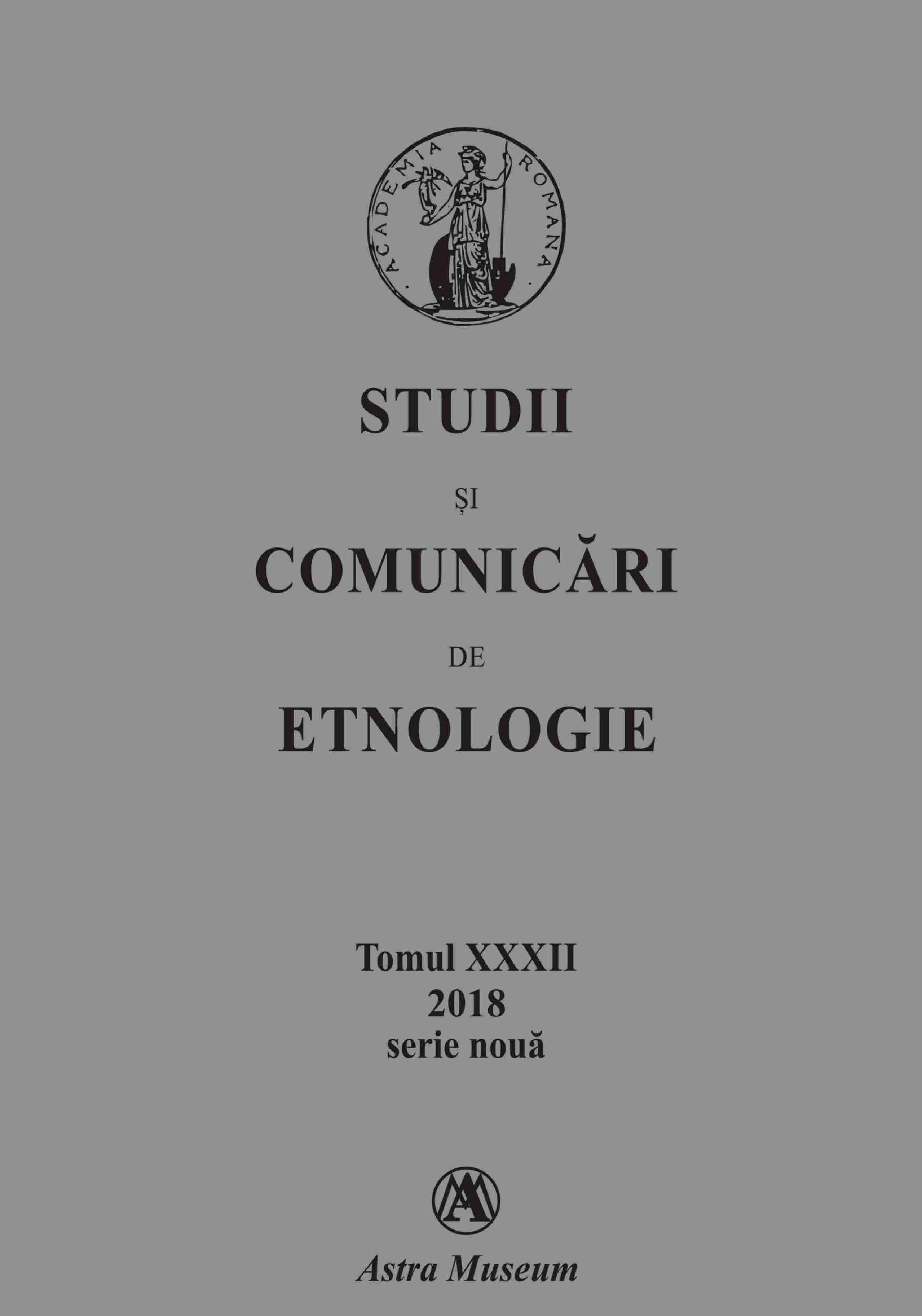Germanii din județul Tulcea: coordonate istorico-demografice și etnografice
Germans from Tulcea County: historical-demographic and ethnographic coordinates
Author(s): Alexandru ChiselevSubject(s): Cultural Anthropology / Ethnology, Social development, Demography and human biology, Rural and urban sociology, Ethnic Minorities Studies
Published by: ASTRA Museum
Keywords: Dobrujan Germans; historical-demographic evolution; German household; German folk costume; rites of passage;
Summary/Abstract: This study presents some data related to the historical-demographic evolution and ethnography of the Dobrujan Germans (Dobrudschadeutsche), especially of those established in Tulcea County, between 1840-1850. The settlement of the Germans in Dobruja was preceded by a period of colonization from the country of origin, divided and impoverished, to the territories incorporated by the Russian Empire (Southern Ukraine, Crimea, Poland, Finland, Bessarabia, Caucasus), under the direct involvement of Catherine the Great and Tsar Alexander I. The arrival of the Germans from the Tsarist Empire in Dobruja took place in four phases (1840-1850, 1873-1883, 1890-1891, after 1891). The colonial settlements respected a certain pattern of organization (ordination, linear character), determined by the constructive habits inherited from the Germanic space and the regulations imposed by colonization in the Russian space. The complex confessional composition of the German population (e.g. Catholic, Evangelical, Methodist, Baptist) and its permanent migration, marked by the synthesis of local elements, determined variations in the manifestation of rites of passage or other aspects of the cultural heritage.
Journal: STUDII ŞI COMUNICĂRI DE ETNOLOGIE
- Issue Year: XXXII/2018
- Issue No: 32
- Page Range: 198-206
- Page Count: 9
- Language: Romanian
- Content File-PDF

